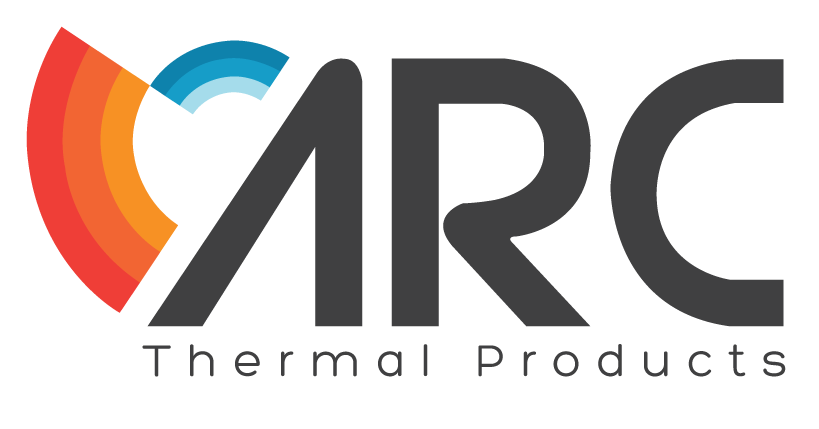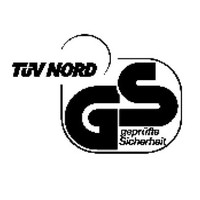‘Why wouldn’t you’ is the obvious question to ask. LAVA infrared is stylish, energy efficient, highly controllable and very comfortable – basically everything a storage heater is not!
Electric Storage heaters use cheaper overnight (Economy 7) electricity to heat a thermal mass inside the heater (typically concrete or ceramic blocks). The stored energy is then emitted as heat during the day when electricity prices are higher. Some modern storage heaters are also equipped with a fan to help assist heat dissipation and ensure a more even distribution within a room.
Most storage heaters have some form of controls built-in so the energy use can be optimised by regulating of the amount of energy input overnight, versus the level of heat you require during the following day. Newer models have more sophisticated external control systems.
In terms of energy-saving, the principle of using cheap energy to create and store heat which is released during the following day is not effective because:
- the loss of heat from the unit during overnight storage is unavoidable – heating the room when there is no requirement
- a significant proportion of the energy consumed does not turn into heat for the next day
- energy is wasted “priming” the thermal mass to a point where it will effectively emit, which cannot be recovered as useful ‘comfort heat’ in the release phase
- loss of stored heat in the ‘release phase’ is unavoidable, implying either production of heat that you may not want (e.g. during a sunny autumn or winter’s day) or production of insufficient accumulated heat which then requires ‘topping-up’ (e.g. if the input was set too low overnight) – either option is inefficient
The only possible advantage of consuming energy for heating in this way is if:
- it proves much cheaper to run than other forms of electrical heating which generate heat when needed during the day when prices are higher
- the thermal comfort is as good, or better than other forms of heating
Storage heaters fail in both respects. They are a legacy of the 1970s, where an excess of electricity on the grid overnight resulted in the introduction of ‘Economy 7’ pricing to encourage its use and a push to develop technology that could utilise it. Given the pricing policy and the heating systems of the time, storage heaters made great sense.
Today the poorer Economy 7 savings (offset by higher daytime rates), the inefficient way storage heaters create, store and release heat and their poor levels of thermal comfort means they fail to match the lower daytime running costs and greater comfort levels of the innovative LAVA Infrared panels.
As a guide, an Economy 7 customer on standard tariff would have to use a minimum of between 27% to 36% (depending on the area of the country in which they live) of their electricity at off-peak times to make it more cost effective than being a standard single rate customer. With LAVA infrared heating, for example, this is certainly not the case.
Installation considerations
Storage heaters tend to be large and unsightly because of the size of the storage media. Room space must consequently be sacrificed in order to place the units against a wall.
Before the development of units with internal fans, a zone surrounding the heater was also uncomfortably hot. The fan overcomes this, allowing more even dissipation of the heat, however it does imply a further energy use and cost during the more expensive daytime rates – which goes against the storage/Economy 7 principle.
Purchase & installation costs
Storage heaters cost £200–£500 which is in line with LAVA Infrared panels required to heat a similar area. However, bigger storage heaters will be marginally cheaper than the equivalent larger LAVA infrared panels.
Installation costs for storage heaters are greater than for LAVA Infrared panels because of their greater weight and size.
Because of the greater power consumption of storage heaters, operation of several heaters simultaneously will require a correctly loaded electrical circuit separate from other household appliances. The same requirement is unlikely with low watt LAVA Infrared heaters unless many were to be used simultaneously on the same circuit.
Comparing the operating costs
For a room of 20m2 with a ceiling height of 2.4m, one external cavity wall and a minimum of 75mm of roof insulation two, Dimplex DUO500N heaters would be required. With a total of 5.2kW running at full charge for 7 hours overnight on Economy 7 (£0.08/kWh) the cost would be £2.91/day. (You could run the heater with less charge but get less heat output the following day). Additional energy would be consumed during the day if the radiant panel was used.
For the same room, 1.2kW of LAVA Infrared (e.g. 2 x 600W panels) would be required costing £1.18/day, based on 7 hours at £0.14/kWh. In reality the on-time would be nearer to 5 hours/day or less due to the way in which infrared stores the energy (heat) within the thermal mass of the room and the precise control of the panels.
Comparing the running costs alone, the LAVA Infrared panels come out 57% cheaper even on daytime rates – producing heat as needed with a superior level of thermal comfort.
Advantage of storage heaters
- uses cheaper-rate electricity
- releases heat gradually through the day
- can be easily installed where it is impossible to have fossil-based heating or other alternative heating solutions like Biomass or heat pumps (e.g. blocks of flats)
Disadvantage of storage heaters
- difficult to predict next day’s heating requirements when setting the controls
- cannot have the right comfort at “point of need” either by turning on or turning off
- heat cannot be stored indefinitely and will dissipate even if the unit is “off”
- heat cannot be “zoned” to where it is required
- Economy 7 does not give substantial enough savings to overcome the inefficiency of heating technology when compared to infrared
- daytime electricity rates for Economy 7 or similar off-peak savings schemes are often higher than they are with no off-peak scheme in place – meaning daytime appliances could be consuming more than the savings made from the few items running overnight
LAVA Infrared Heating as an alternative to storage heating
- LAVA Infrared uses electricity to produce heat only as it is needed to warm people and the thermal mass of the building
- LAVA Infrared purchase prices are comparable to many storage heaters, although the larger wattage infrared heaters will be more expensive – the price differential will be quickly offset by lower running costs
- LAVA Infrared panels are significantly easier and cheaper to install than storage heaters
- LAVA Infrared is easier to zone – storage heating cannot be zoned
- LAVA Infrared provides a superior level of thermal comfort














